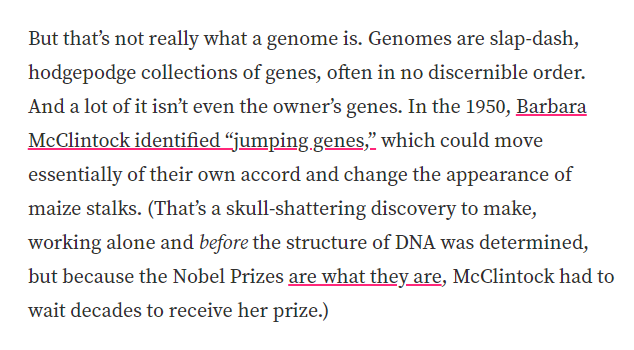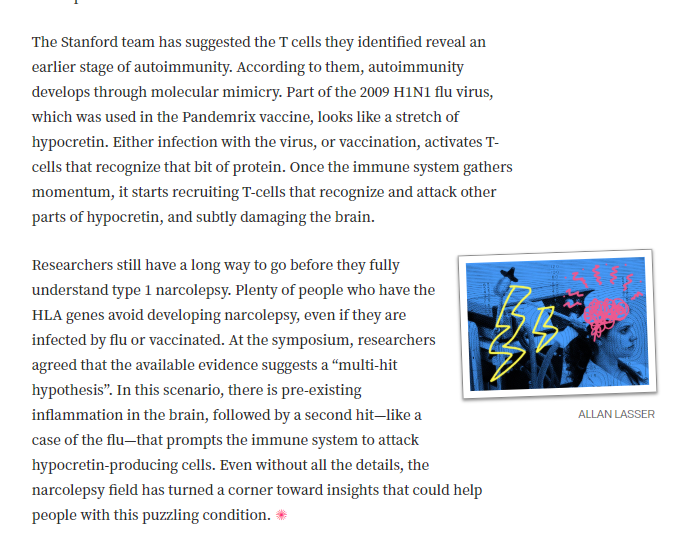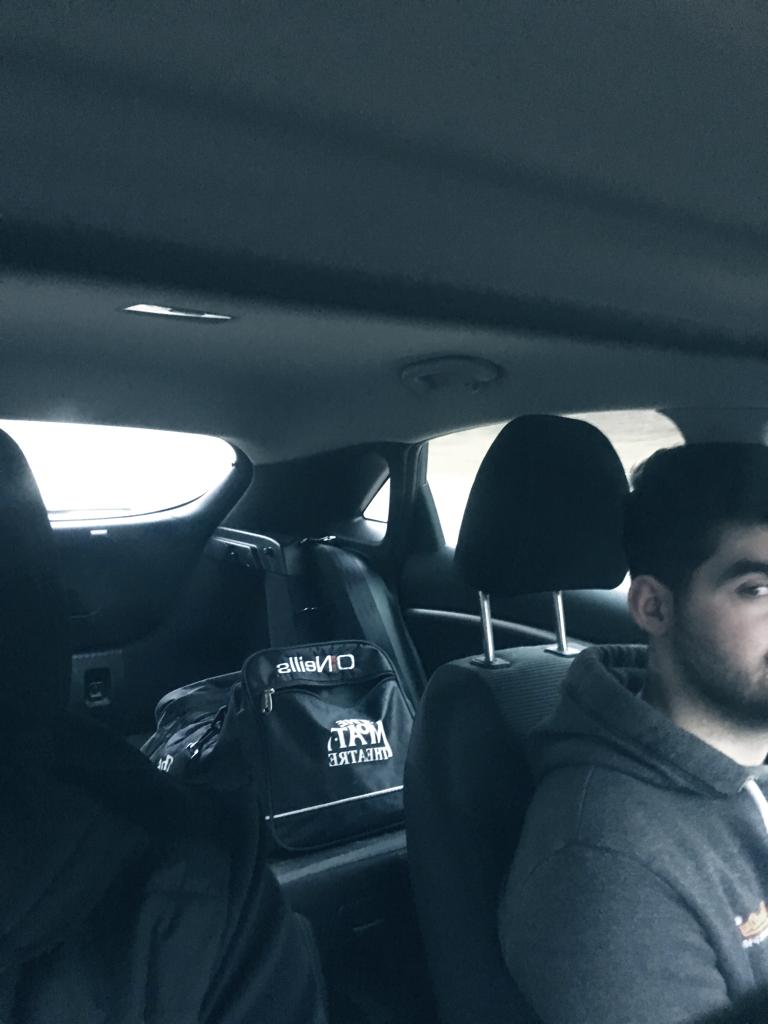massivesci.com/articles/genes…
massivesci.com/articles/narco…
"Why you should care" goes at the top of the article. My herpes/transposon article never even got to why the reader should care.
2. Three paragraphs of discussion.
3. Conclusion.
That's really good structure, distilled to an easy-to-remember skeleton.
1. The grabbiest information. The stuff that made you interested in the story in the first place.
2. All the explanatory stuff. All the things that contextualize and explain the juicy bit at the top.
3. A summation. What does the future look like?




















